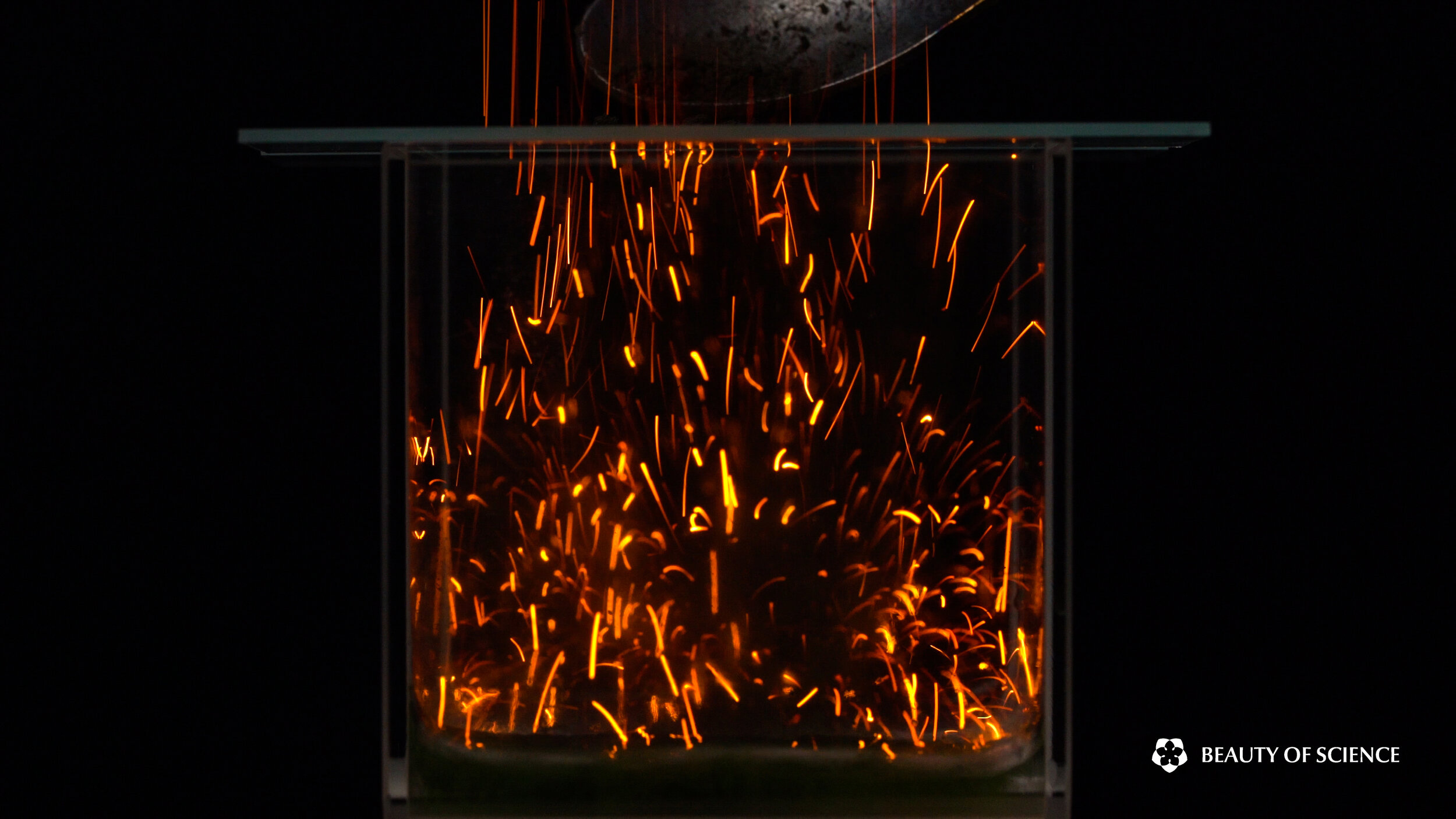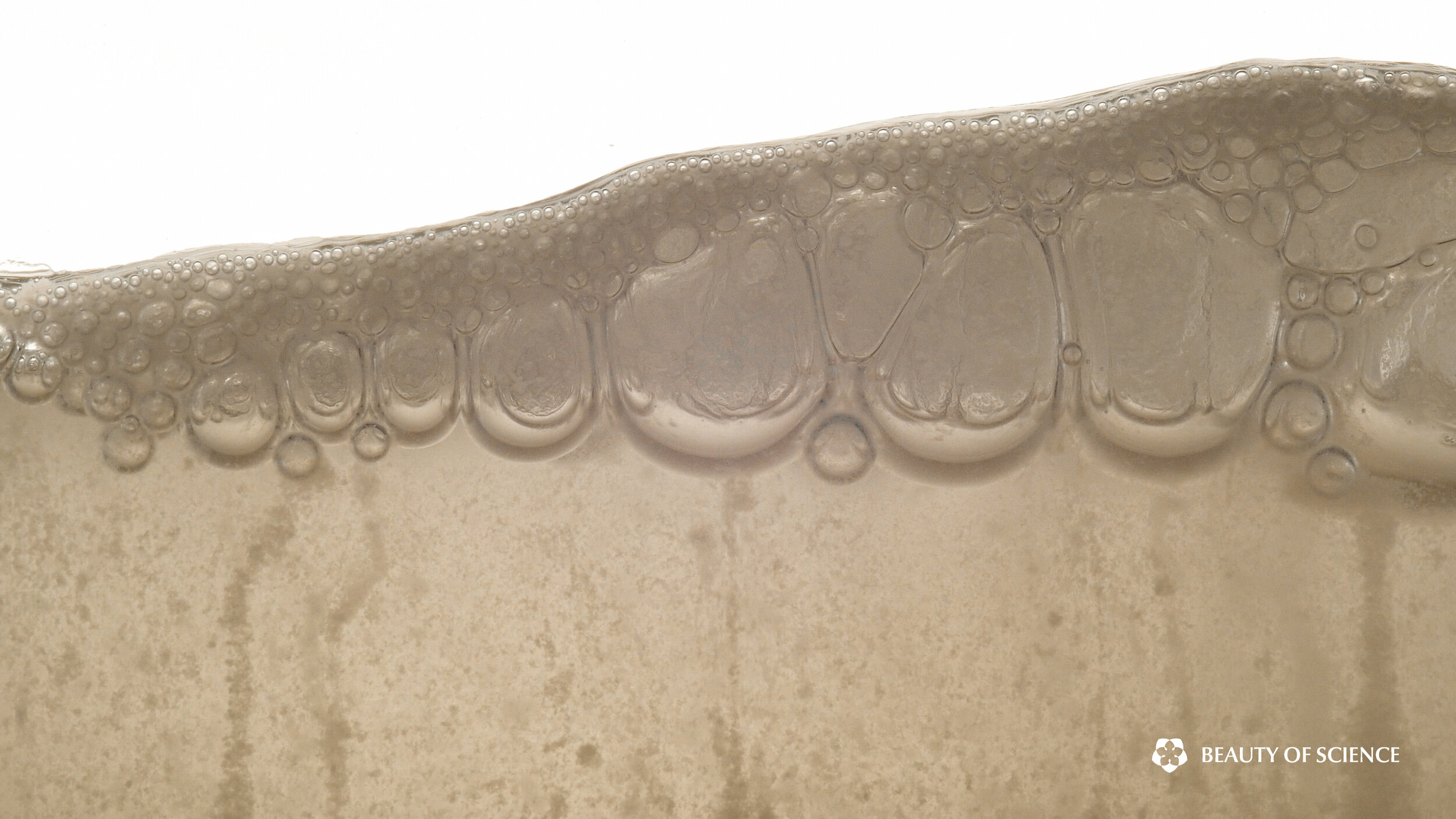Catalysis
The above film is an artistic presentation of 5 catalytic processes: ammonia oxidation catalyzed by chromium(III) oxide, acetone oxidation catalyzed by copper, hydrogen peroxide decomposition catalyzed by pyrolusite (manganese dioxide), and fermentation processes of sugar solution and dough with the help of yeast. Catalysis is the process of increasing the rate of a chemical reaction by adding a substance known as a catalyst, which is not consumed in the catalyzed reaction and can continue to act repeatedly.
In 1817, Humphry Davy reported that coal gas and air would react at the presence of hot platinum or palladium wire. No flame was observed but the heat generated by the reaction could keep the metal wire red hot. Later, several other discoveries were made, such as Johann Wolfgang Döbereiner’s discovery of the reaction between hydrogen and oxygen at room temperature at the presence of platinum sponge. In 1835 Jöns Jakob Berzelius first started to use the word “catalysis” to describe reactions that are accelerated by substances that remain unchanged after the reaction.
For living things, many chemical reactions in the cells are catalytic reactions catalyzed by enzymes. Thanks to enzymes, living things are able to convert food into energy and nutrients at mild condition without burning into flames. Long before the understanding of biological catalysis, humans have utilized enzymes inside yeast for thousands of years to make wire and beer.
Catalysis is very important to our modern society, as about 80% industrial processes use catalysts to increase the rate of reactions. Thanks to catalysis, we can produce enough fuels, materials (such as plastics), food to arrive at where we are today. At same time, we need to invent new catalysts to solve today’s most challenging problems of food, energy, health, and climate and move towards a better and sustainable future.









